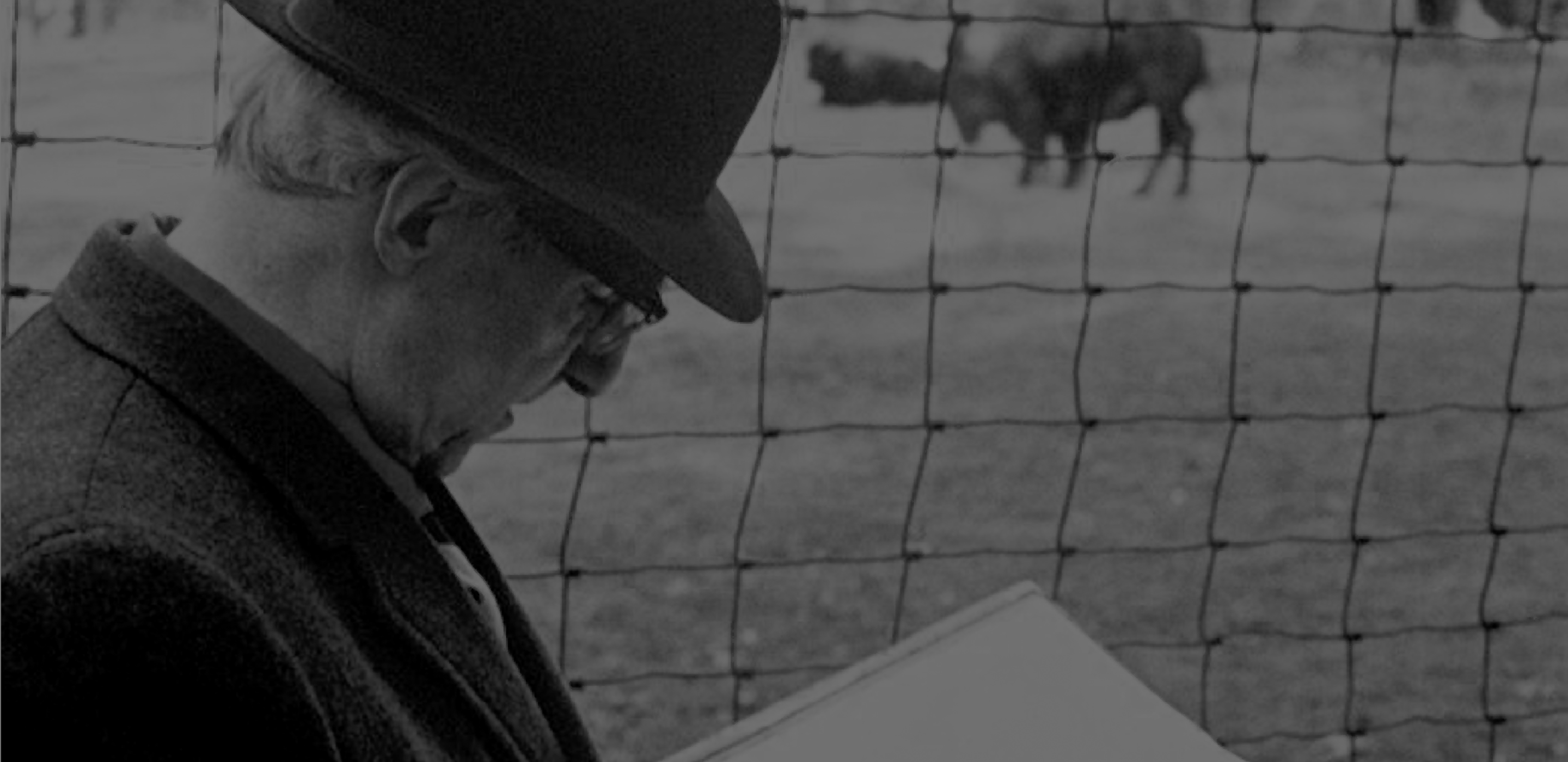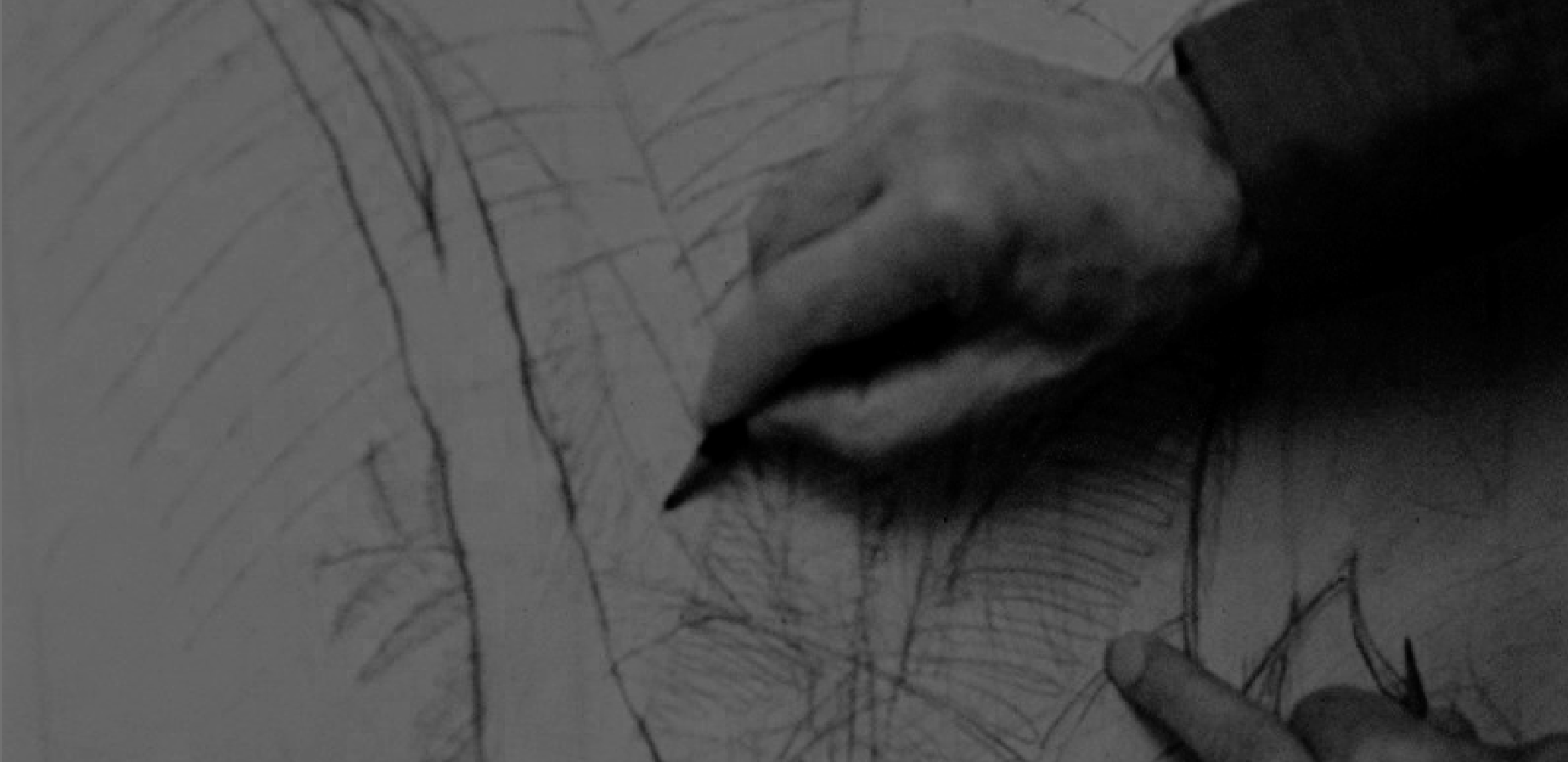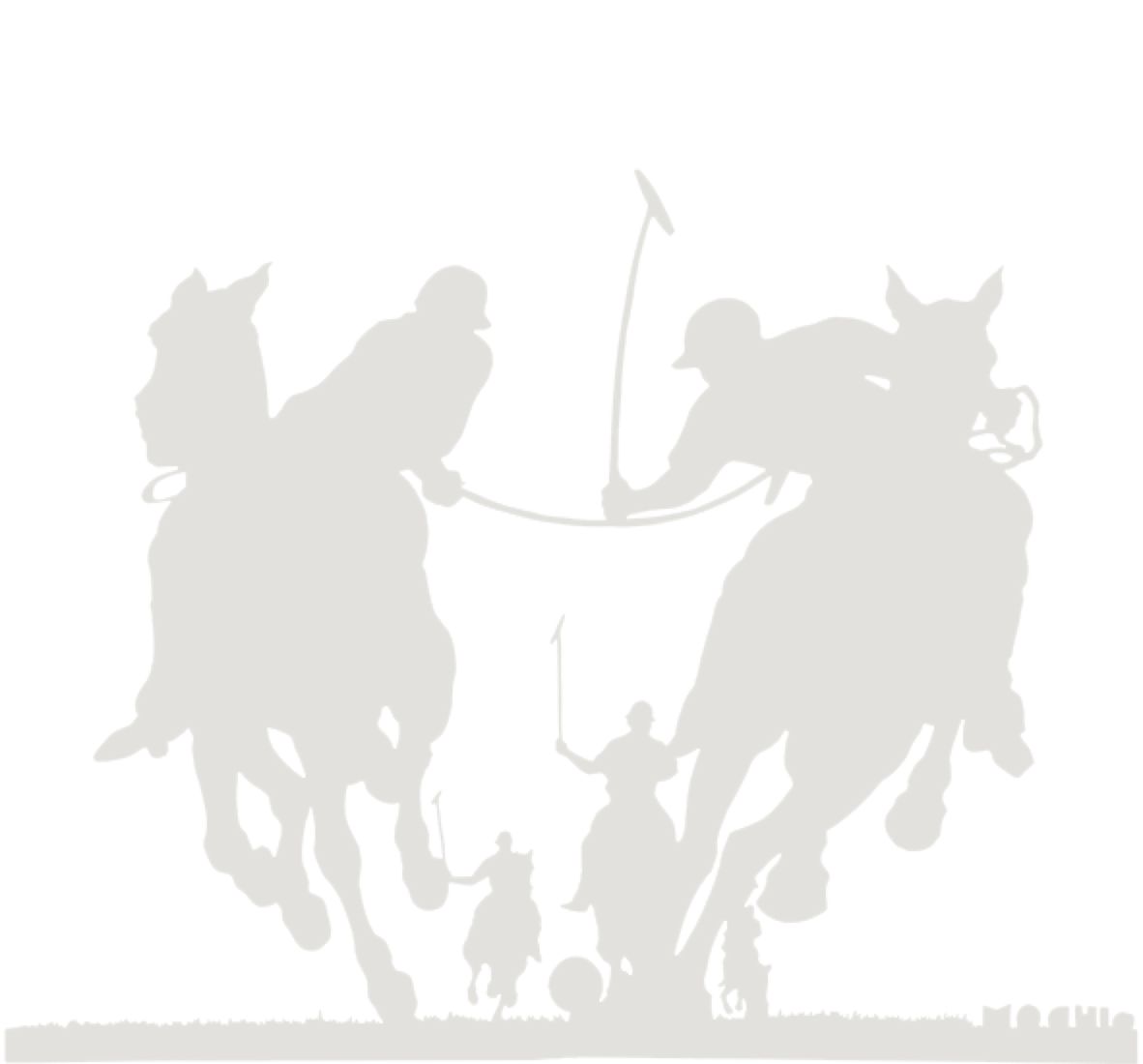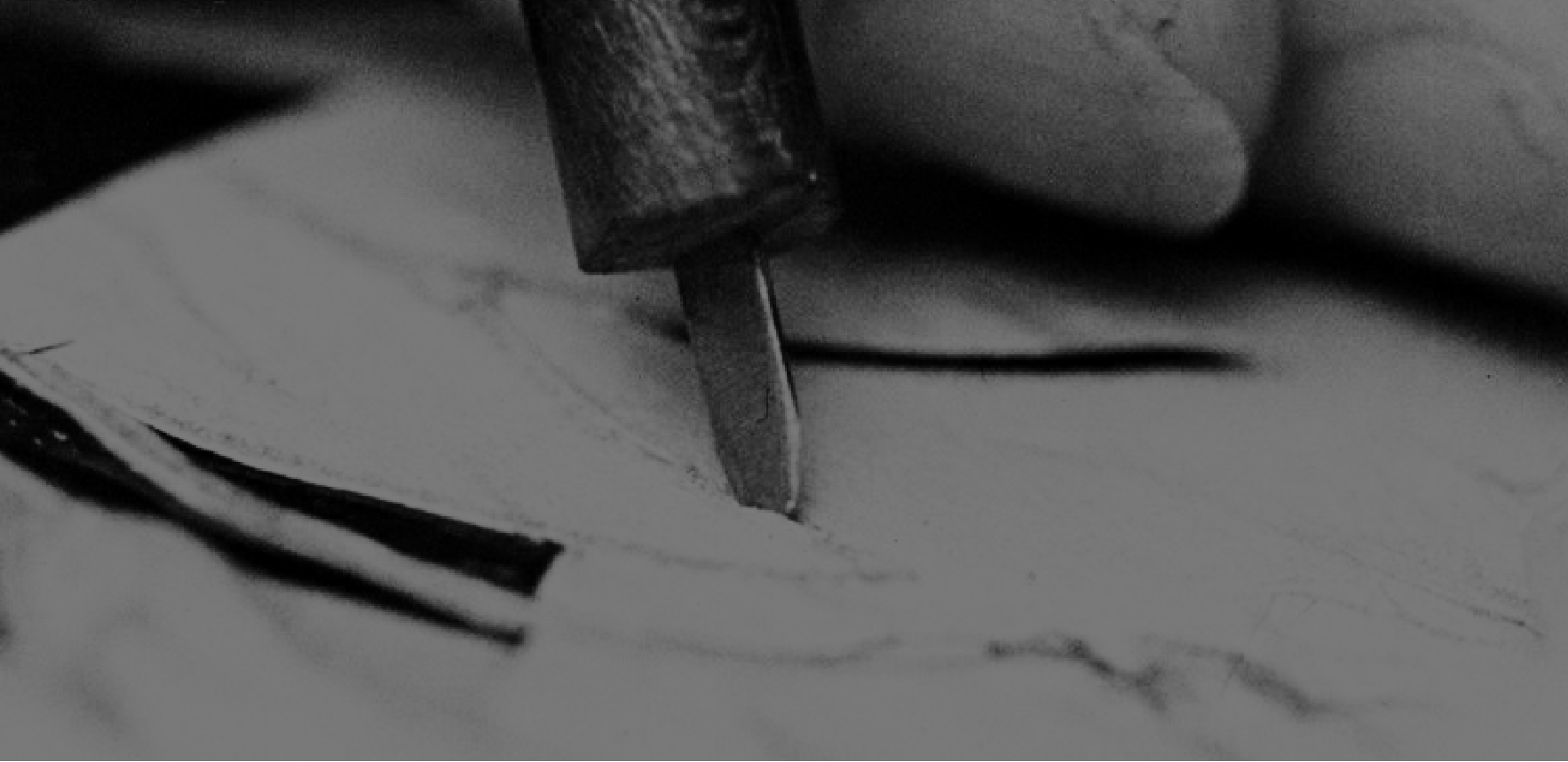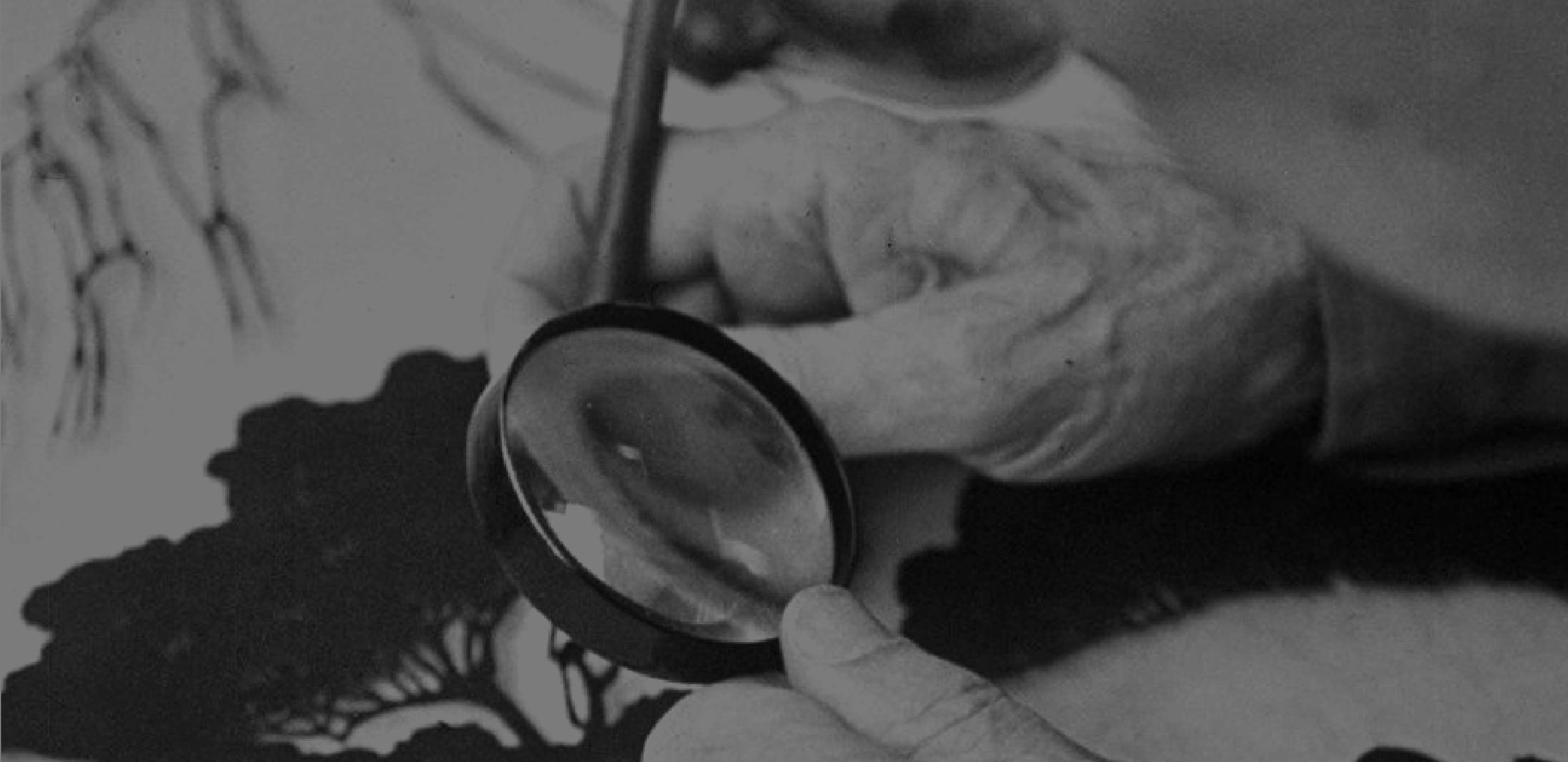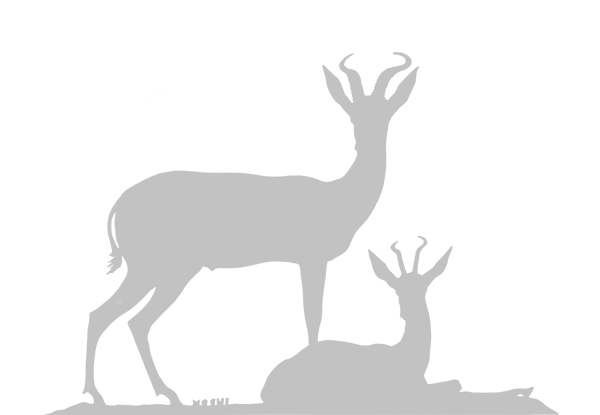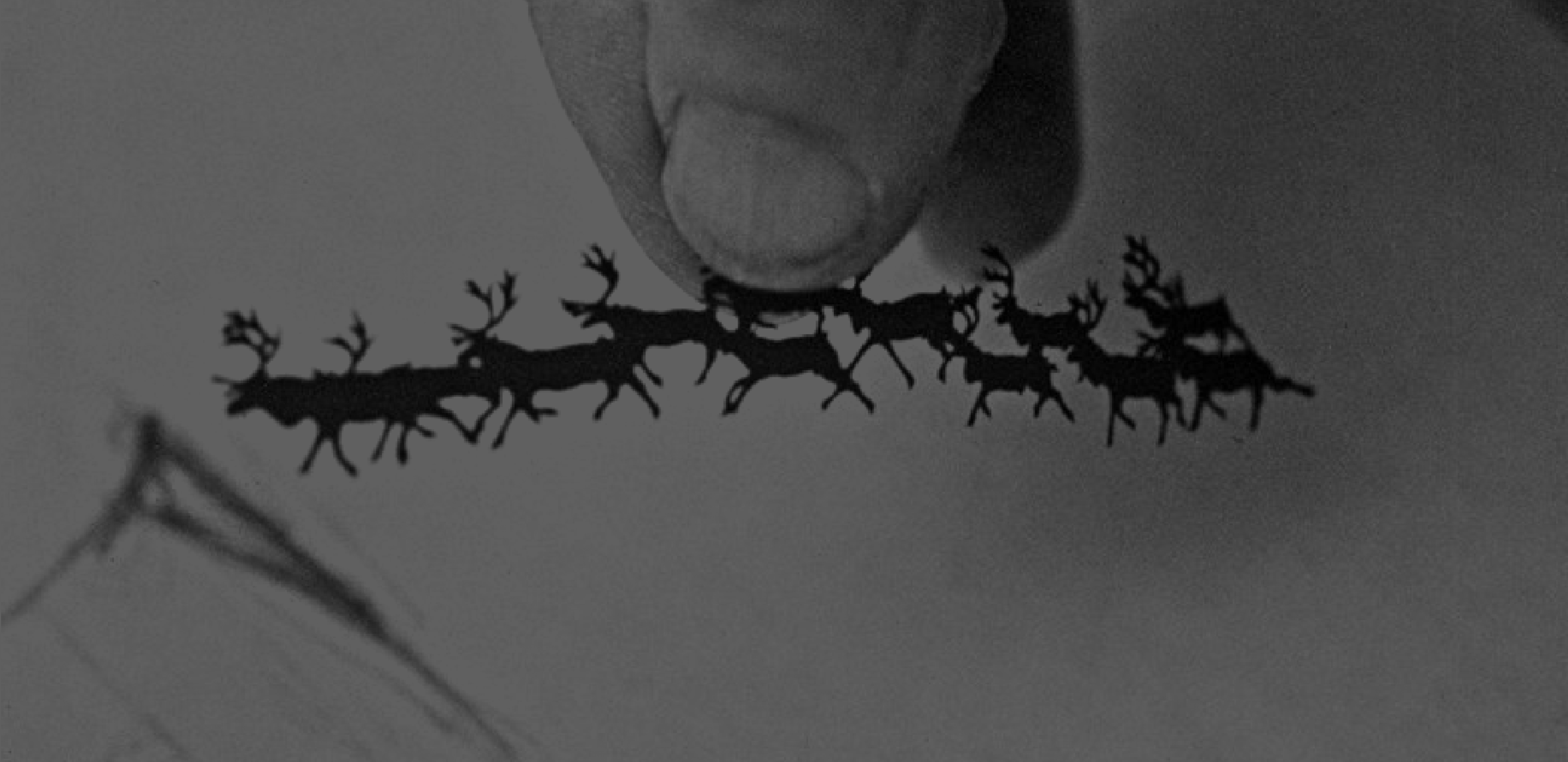T
The first time you see Ugo Mochi’s artwork, it’s easy to assume it was drawn in ink. Those razor-thin lines, minute details, and breathtaking scenes of frozen motion could only be the result of a trained pen.
In reality, Ugo Mochi is the world’s foremost paper-cut artist, a craftsman without equal and a timeless poet of shadows. His works, intricate paper outlines revealing lively scenes portrayed with unparalleled accuracy, are the result of the artist’s painstakingly honed process.


